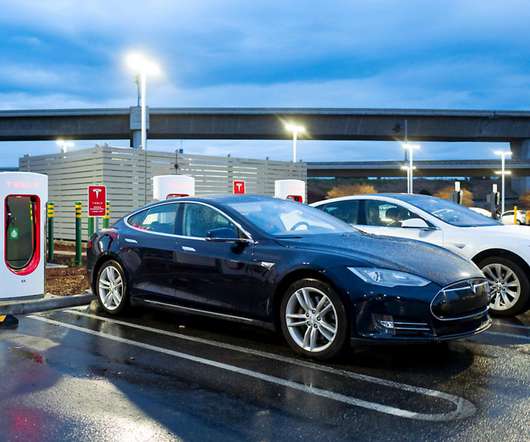FEV’s two-stage VCR system; 5-7% increase in fuel economy using variable length conrods
Green Car Congress
APRIL 22, 2013
downsized, turbocharged) gasoline engine, as operating an engine with higher compression ratios at low load can increase fuel economy compared to operating an engine with fixed compression ratio. In comparison, naturally aspirated engines have a higher compression ratio in the order of 1 to 1.5 Click to enlarge. Kleeberg, H.,























Let's personalize your content